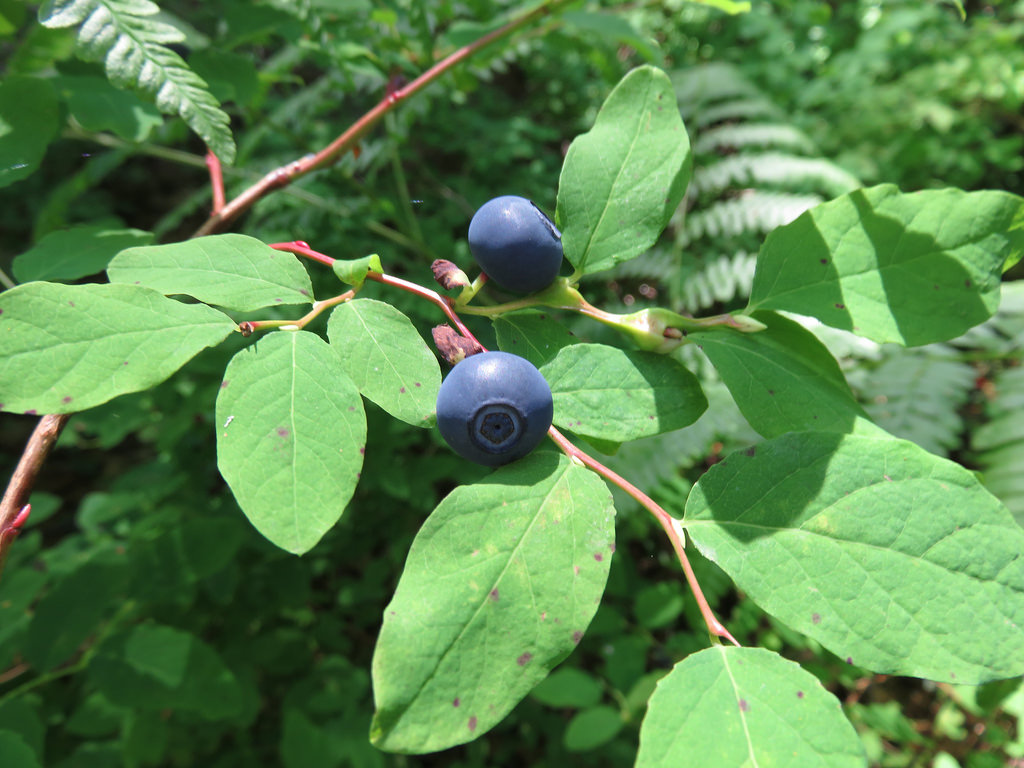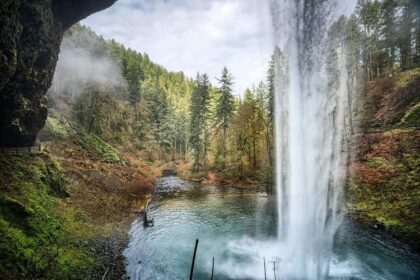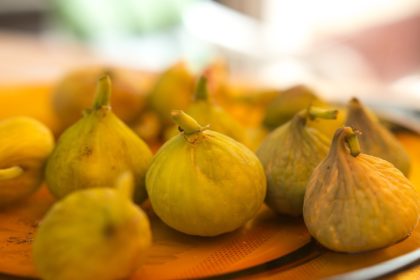Huckleberry is a name used in North America for several plants in the family Ericaceae, in two closely related genera, Vaccinium and Gaylussacia. The huckleberry is the state fruit of Idaho. Take a look below for 23 more fun and interesting facts about huckleberry.
1. The name “huckleberry” is a North American variation of the English dialectal name variously called “hurtleberry” or “whortleberry” for the bilberry.
2. In North America, the name “huckleberry” was applied to many plant variations that bear small berries with colors that may be red, blue or black.
3. Huckleberry is the common name for various Gaylussacia species, and some Vaccinimum species, such as Vaccinium parvifolium, the red huckleberry, and is also applied to other Vaccinium species which may also be called blueberries depending on the local custom.
4. Four species of huckleberries in the genus Gaylussacia are common in eastern North America, especially G. baccata, which is also known as the black huckleberry.
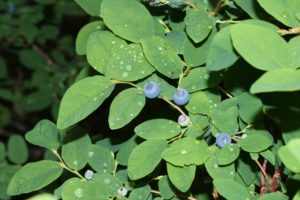
5. From coastal Central California to southern Washington and British Columbia, the red huckleberry, Vaccinium parvifolium, is found in the maritime influenced plant community.
6. The red huckleberry can be found primarily in the Pacific Northwest and the mountains of Montana and Idaho.
7. Red huckleberry grow in various habitats, such as mid-alpine regions up to 11,500 feet elevation, mountain slopes, forests and lake basins.
8. The plant grows best in damp, acidic soil having volcanic origin, attaining under optimal conditions heights of 1.5 to 2 meters, or 4.9 to 6.6 feet, usually ripening in mid to late summer or later at high elevations.
9. Huckleberry was one of the few plant species to survive on the slops of Mount St. Helens when the volcano erupted in 1980, and exists as a prominent mountain slope bush in 2017.
10. Some huckleberry species are used in ornamental plantings.
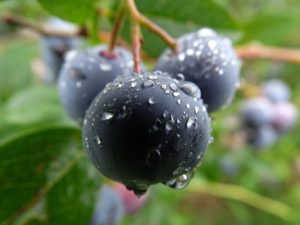
11. The garden huckleberry isn’t a true huckleberry, but instead a member of the nightshade family.
12. Huckleberries were traditionally collected by Native Americans and First Nations people along the Pacific cost, interior British Columbia, and Montana for food and for traditional medicine.
13. Huckleberries are small and round, 5 to 10 millimeters in diameter, and look like large dark blueberries.
14. Huckleberries taste tart, with a flavor similar to that of a blueberry, especially in the blue and purple colored varieties. They also have noticeably larger and bitter seeds compared to blueberries.
15. The fruit is used in various food and beverages, such as jam, pudding, candy, pie, muffins, pancakes, salad dressings, juice, tea, soup and syrup.
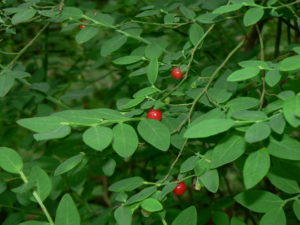
16. In the wild, huckleberries are often eaten by bears, birds, coyotes and deer.
17. The tiny size of huckleberries led to their use as a way of referring to something small, often affectionately as in the lyrics of Moon River.
18. “I’m your huckleberry” used to be a saying that a person was just the right person for a given job.
19. The range of slang meanings of huckleberry in the 19th century was large, but it often referred to either a significant person or a nice person.
20. Huckleberries were often compared to persimmons, which are much larger, to express the idea of something small against something big. This eventually led to the popular phrase, “a huckleberry over my persimmon,” which meant something was just beyond one’s abilities.
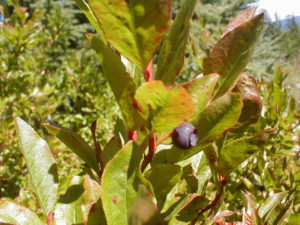
21. Huckleberries have a high iron content, which improves blood circulation.
22. They help speed up the metabolism and promote healthier muscle tone.
23. It’s a good source of vitamin C, which means that it helps develop resistance to fight against immune deficiencies.

